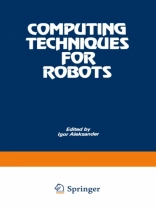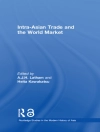I. ALEKSANDER Kobler Unit for Information Technology Management, Imperial College of Science and Technology, London, England It is now over half a decade since Joseph Engelberger wrote: ‘Given a six-articulation arm of any configuration, software can be powerful enough to think only in tool coordinates. That is, a programmer concerns himself only with the tool on the end of the robot arm. He can think of the tool’s frame of reference and com- puter subroutines automatically make the various articulations move so as to accomplish the desired tool manipulation. ‘ As is often the case with statements of this kind, they are appealing and generally well-founded in technological feasibility. But in order to turn the prediction into reality it requires the dedication and in- ventiveness of an international community of researchers. The object of this book is to provide a window on to some of the advances made by this community which go towards the fulfilment of Engelberger’s predictions. A significant factor in the framework within which this work is being pursued is the phenomenal advance in the availability of inex- pensive and highly compact computing power. It becomes increas- ingly possible to imagine powerful microprocessors providing local intelligence at key points in a robot arm Uoints, gripper, etc) by being connected through a communications network and controlled by some specially designated supervisory microchip.
Igor Aleksander
Computing Techniques for Robots [PDF ebook]
Computing Techniques for Robots [PDF ebook]
Compre este e-book e ganhe mais 1 GRÁTIS!
Língua Inglês ● Formato PDF ● ISBN 9781468468618 ● Editora Springer US ● Publicado 2012 ● Carregável 3 vezes ● Moeda EUR ● ID 4723314 ● Proteção contra cópia Adobe DRM
Requer um leitor de ebook capaz de DRM












